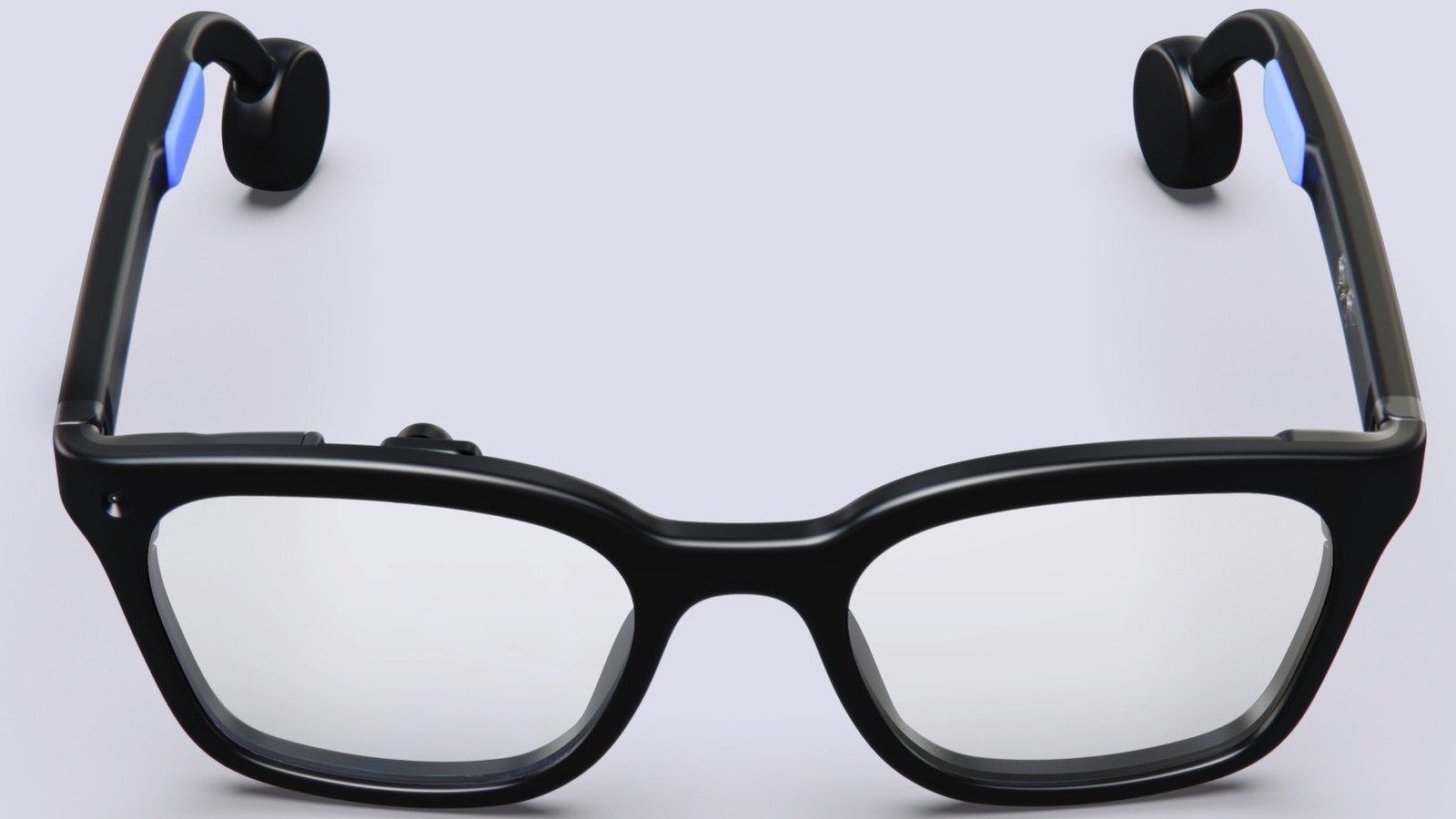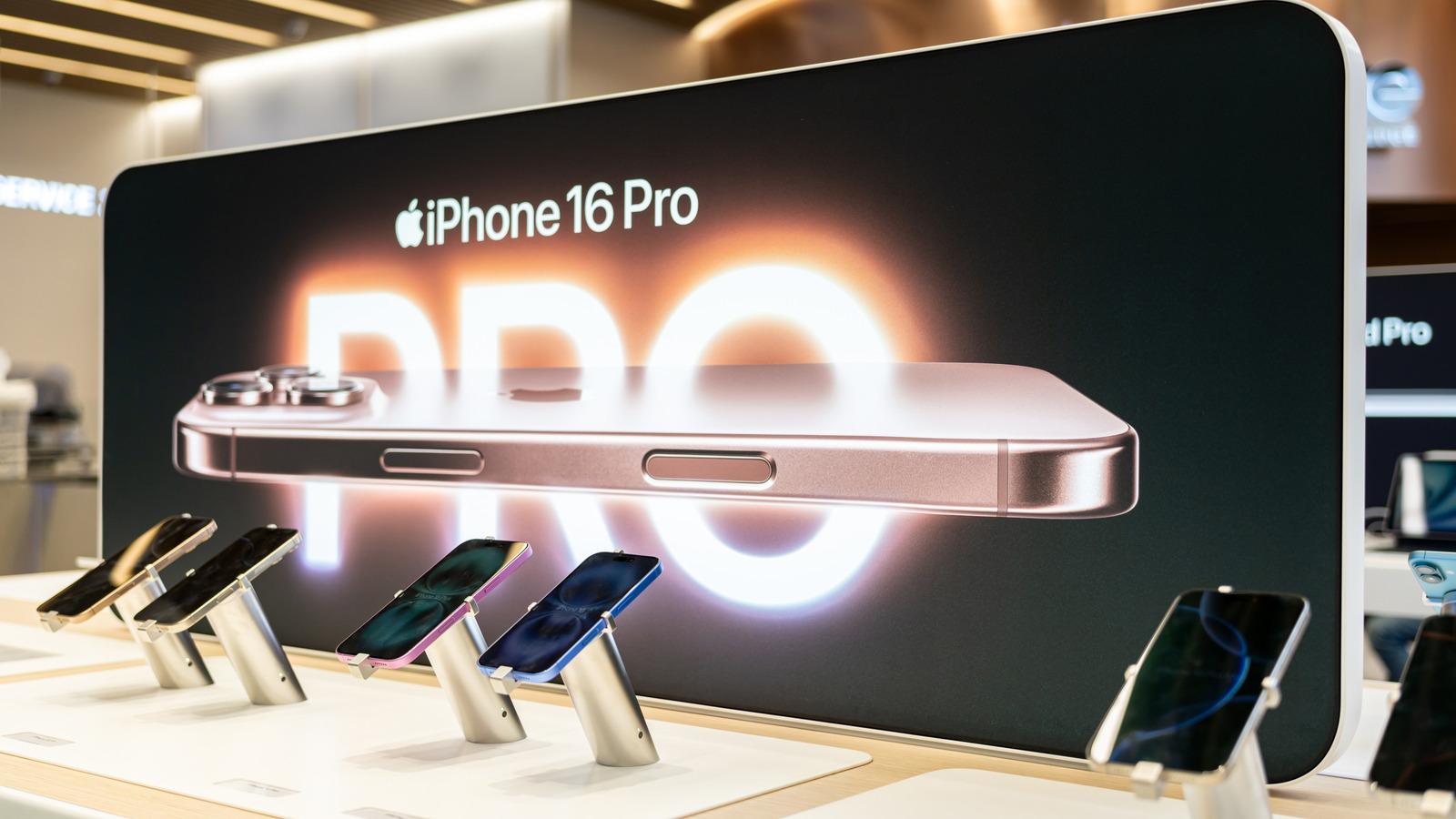Now Reading: AI-Powered Smart Glasses Set to Redefine Innovation
-
01
AI-Powered Smart Glasses Set to Redefine Innovation
AI-Powered Smart Glasses Set to Redefine Innovation

Quick Summary
- Product Overview: The Halo AI glasses by Brilliant Labs are AI-powered smart glasses featuring AR capabilities, a built-in projector, adn advanced on-device processing. They run an open-source AI stack with a private voice assistant (Noa), Narrative memory system, and vibe Mode for voice-based app creation.
- key Features:
– A microOLED “Halo display” that beams visuals into the retina.
– Bone-conductive speakers for audio responses without headphones.
– Weighs 40 grams, customizable lenses, powered by an Alif Semiconductor B1 chip with an integrated Neural Processing Unit (NPU).
– Zephyr Open Source Operating System supports apps created using Lua programming language and NoaS features.
- Privacy Claims: Data captured is converted into mathematical representations to ensure no third party can access it. However, the privacy policy has not been updated since February 2024.
- Battery Life & Connectivity: Up to 14-hour usage supported; perhaps requires phone connection via the Noa companion app.
- Availability & Price: Priced at $299. Preorders are live; shipping begins in november.
Indian Opinion Analysis
The halo AI smart glasses exhibit substantial innovation in wearable technology through their AR integration and extensive privacy-focused artificial intelligence capabilities. The emphasis on open-source software may foster trust among users as well as developers interested in extending functionalities or verifying security claims independently.
For India-a nascent but growing market for wearable tech-the launch of such devices could serve as a benchmark for local manufacturers trying to compete globally. As concerns regarding data privacy grow across nations including India, Brilliant Labs’ claimed safeguards could influence consumer confidence if validated independently.However,adoption may hinge on broader infrastructural advancement such as reliable internet connectivity and affordability beyond niche urban markets within India. Additionally,proposed real-time data-capturing features might raise questions from regulatory bodies under India’s Personal Data Protection Act once applicable specifics about usage emerge.
Read More: Halo AI Smart Glasses details























